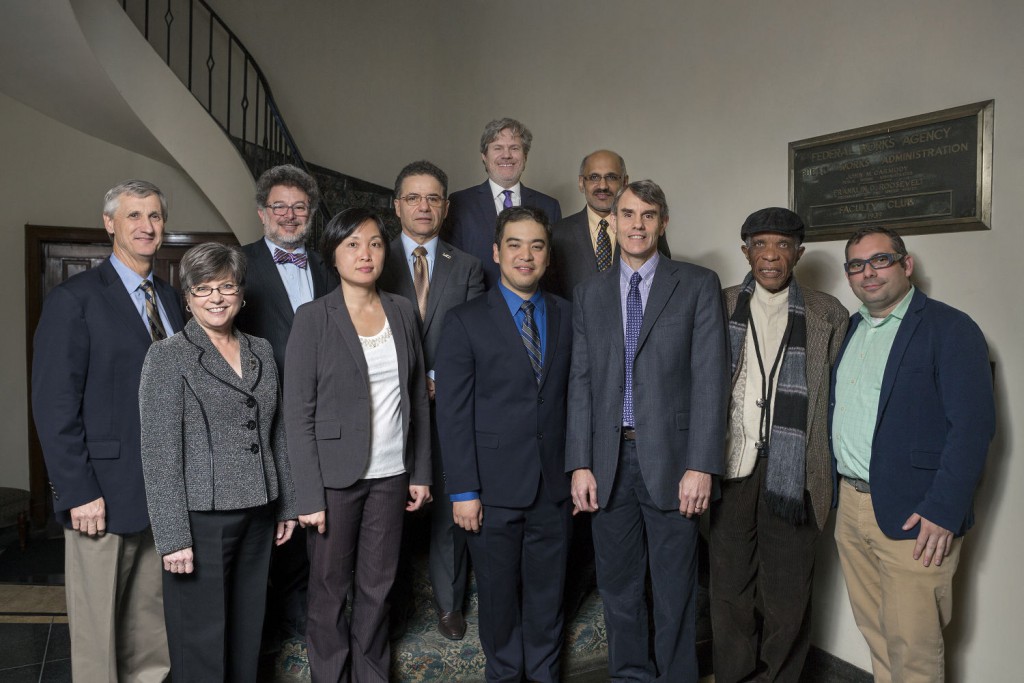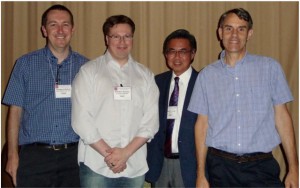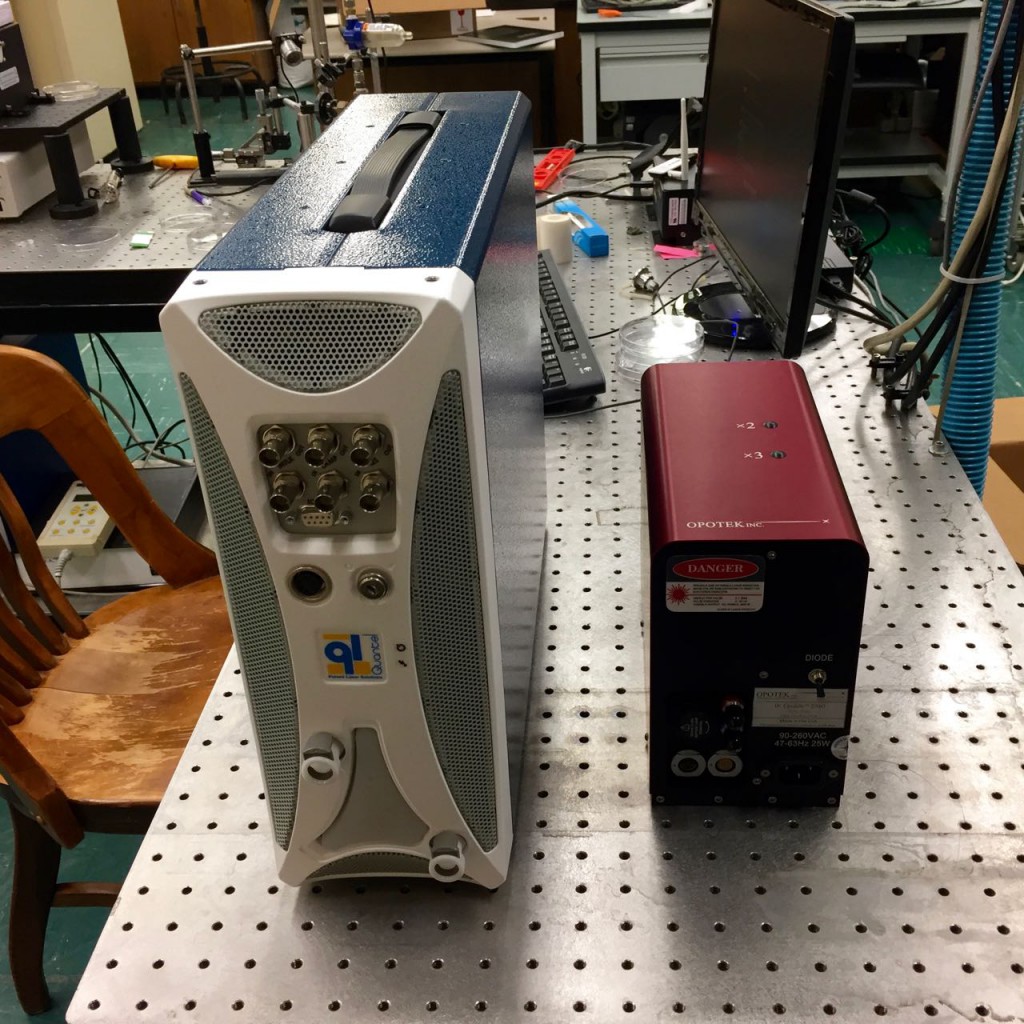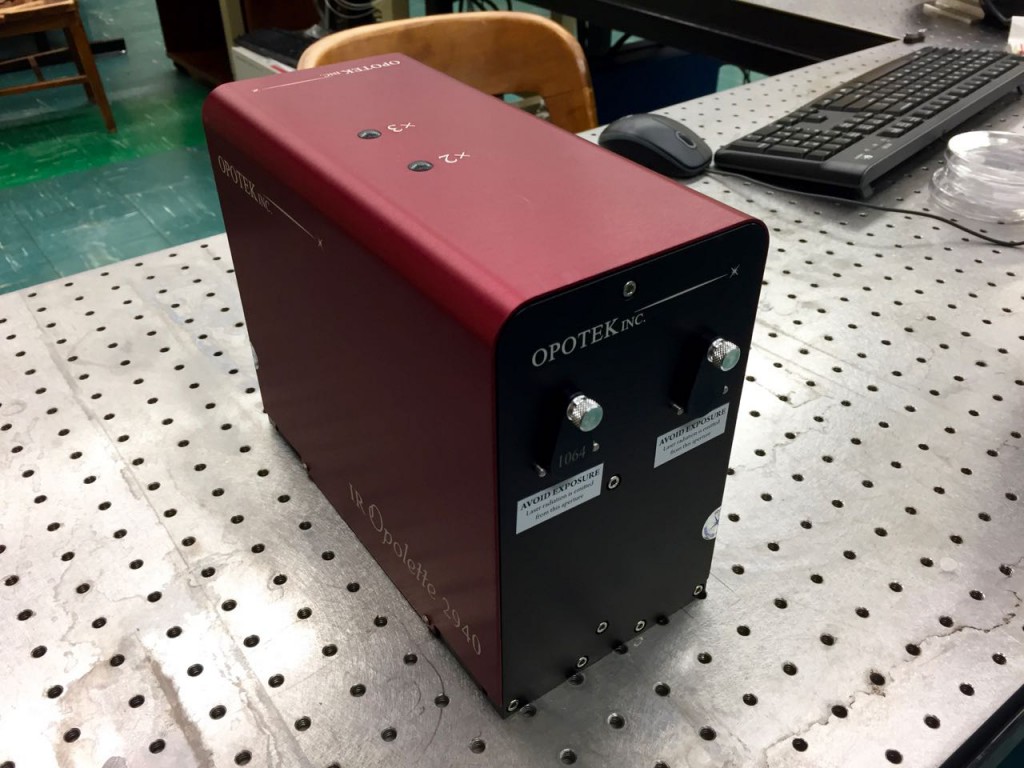Rainmakers in Research Recognized


Murray Mass Spectrometry Group
Research group of Kermit Murray at Louisiana State University where we use lasers for sampling and imaging and study the chemistry and physics of laser ablation.
Rainmakers in Research Recognized



[vrview img=”https://kermitmurray.com/images/CMB_Front.JPG” ]
360º view of the Chemistry and Materials Building on Highland Road.
[vrview img=”https://kermitmurray.com/images/Ultraflex-360.jpg”]
[vrview img=”https://kermitmurray.com/images/IR360.JPG” ]
[vrview img=”https://kermitmurray.com/images/QSTAR360.JPG” ]
[vrview img=”https://kermitmurray.com/images/Opolette360.JPG” ]
[vrview img=”https://kermitmurray.com/images/stadium360.JPG” ]
Another laser and the second from OPOTEK this year: an IR Opolette 2940. It is fixed wavelength at 2940 nm for no other reason than that is the Er:YAG laser wavelength. It is possible to manually adjust the internal optics to generate light from 2700 to 3100 nm.

This laser has its roots in the STTR grant that I had with OPOTEK starting in 2001 (awarded when I was at Emory but moved immediately to LSU in the first year of Phase I). Our goal was to build an OPO with the capabilities of the Mirage 3000B but in a smaller package.

The left port gives access to the Nd:YAG laser fundamental at 1064 nm and the right port is the 2940 nm mid-IR at about 3 mJ per pulse at 20 Hz. Plenty of energy when focused to efficiently ablate thin films (similar to our wavelength tunable IR Opolette which you can see ablating things here.)